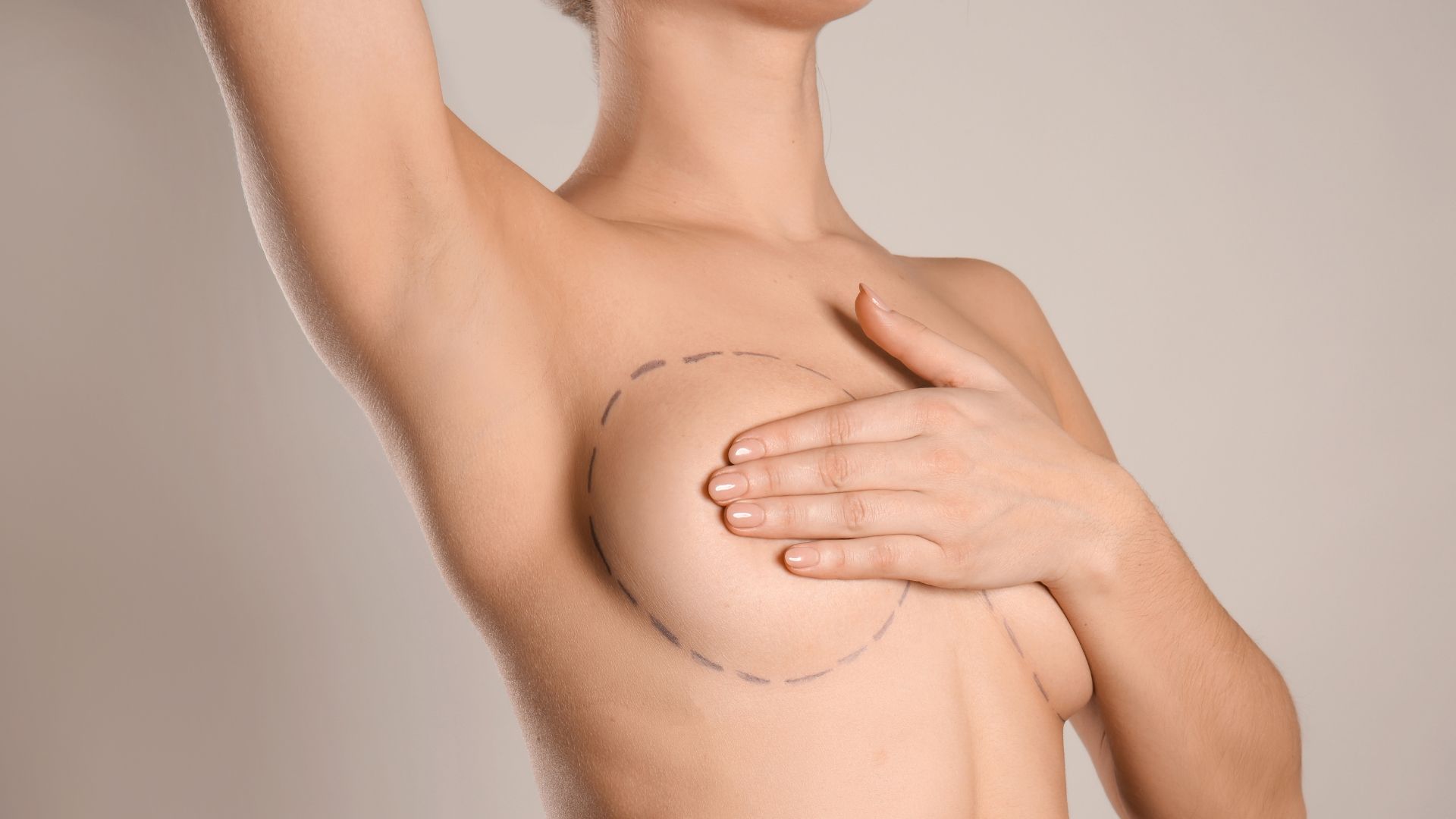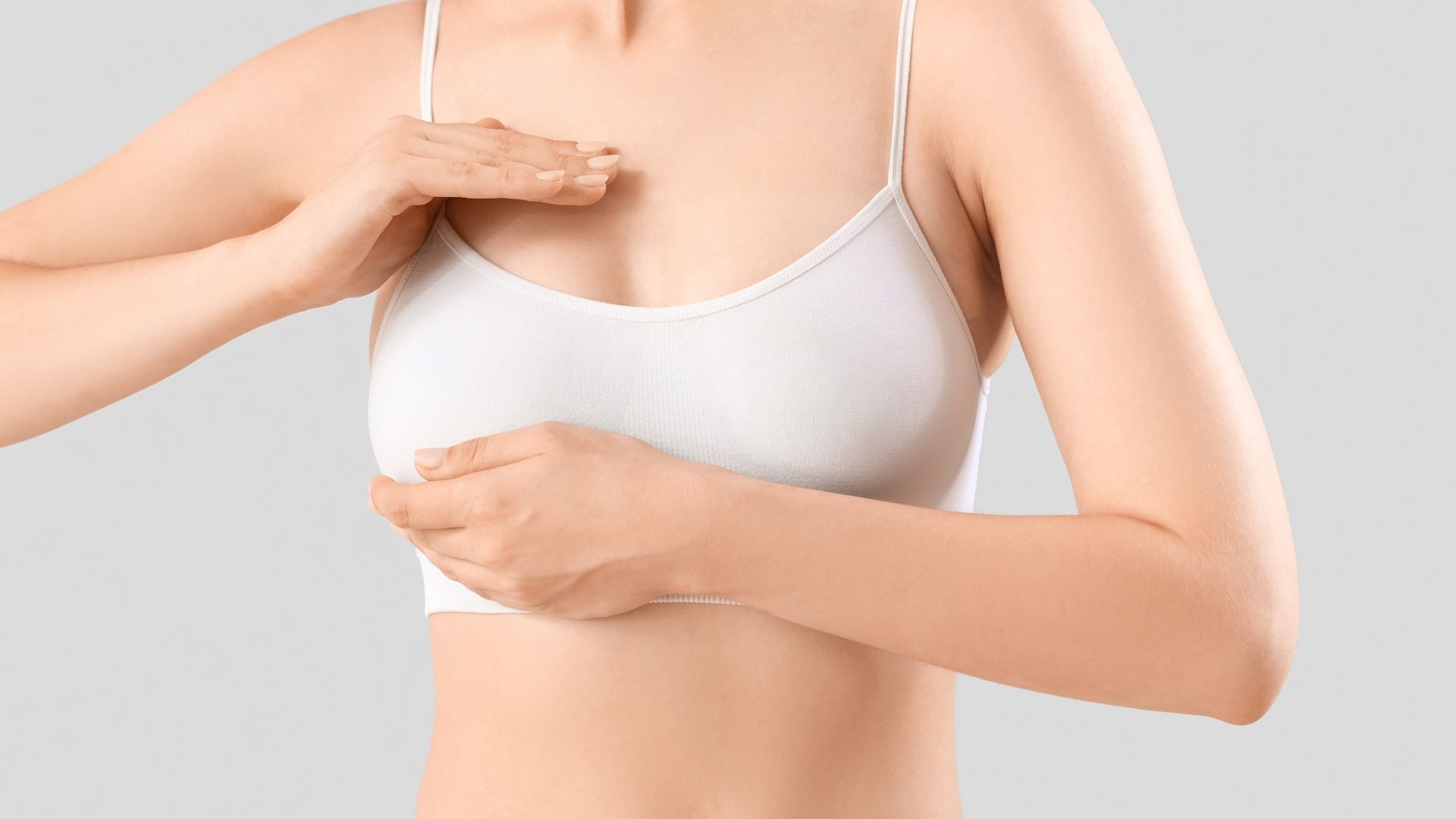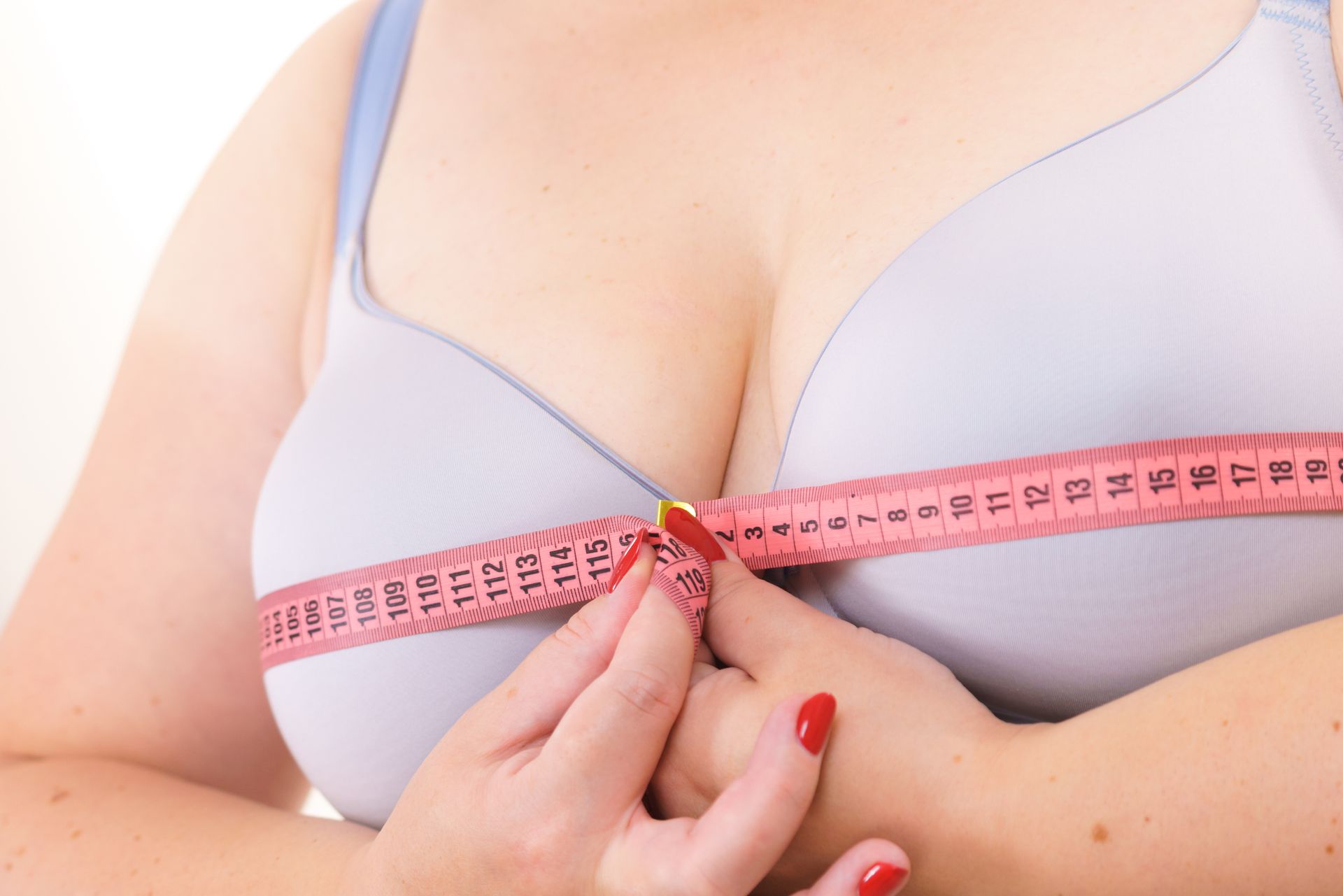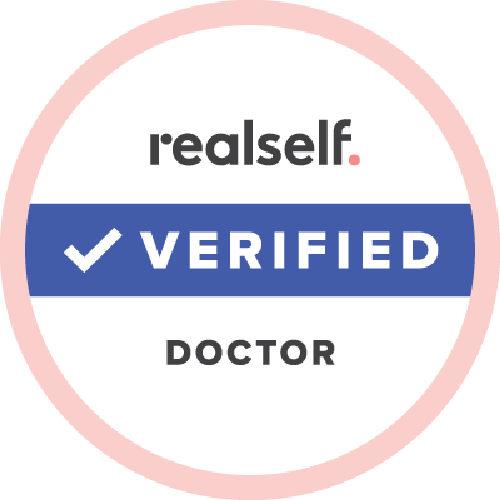Breast Augmentation
Breast augmentation is the most commonly performed cosmetic surgery procedure in the world. Women opt for breast augmentation to enhance the appearance of their breasts, restore breast volume after pregnancy or weight loss, and to improve their self-esteem and confidence. In this article, we will explore what breast augmentation is, its cost, different types of breast implants, how to prepare for the procedure, the surgery itself, healing after surgery, and how long your implants may last.
What is Breast Augmentation?
Breast augmentation, also known as breast enlargement or augmentation mammaplasty, is a surgical procedure that involves the insertion of breast implants to increase the size, shape, and fullness of the breasts. Breast implants are medical devices that are filled with either saline or silicone gel and placed under the breast tissue or chest muscle. The choice of implant and placement location will depend on several factors, including desired outcome, your anatomy, and your plastic surgeon's recommendation.
How much does a Breast Augmentation Cost?
The cost of breast augmentation can vary depending on several factors, including the surgeon's fee, type of breast implant, surgical facility fee, anesthesia fee, and pre-operative testing. According to the American Society of Plastic Surgeons, the average total cost of breast augmentation surgery in the USA ranges from $6,000 to $10,000, but can be higher depending on city, surgeon, and facility. More experienced senior plastic surgeons will generally have higher fees.
Breast Implants
There are two main types of breast implants: saline-filled, and silicone gel-filled. Both types of implants have a silicone shell or envelope, but “saline“ implants are filled with sterile salt water, while “silicone” implants are filled with a cohesive silicone gel. The choice of implant will depend on several factors, including the patient's preference, the surgeon's recommendation, and the desired outcome.
Saline implants have a lower cost compared to silicone implants, and they are filled a the time of surgery, allowing for minor adjustments to be made to the size during surgery. However, there is a slightly greater risk of visible or palpable rippling with saline filled implants when compared with silicone gel-filled implants.
In addition to the type of implant, there are different shapes and sizes available to accommodate different body types and desired outcomes. Your surgeon will work with you to select the best implant size and shape based on your body type, skin elasticity, and desired outcome. Most plastic surgeons today use round smooth implants and precise preoperative planning by an experienced plastic surgeon is the surest way to achieve a beautiful and natural appearing result.
How to Prepare for Breast Augmentation:
Before undergoing breast augmentation surgery, it is important to stop certain medications, such as aspirin and non-steroidal anti-inflammatory drugs (NSAIDs), that can increase bleeding risk.
Quitting smoking and avoiding nicotine products for several weeks before and after surgery is also very important as smoking can impair healing and increase the risk of complications.
Maintaining a healthy lifestyle, including a balanced diet and regular exercise are also important.
Arranging for transportation to and from the surgical facility on the day of the procedure is a must, since you will not be able to drive yourself home after surgery.
Preparing your home for your recovery, such as stocking up on food and necessary supplies, and arranging for help with household chores and caring for children or pets is very important and it is advisable to avoid certain activities such as driving for a week or two, lifting children or other heavy objects, laundry and vacuuming, and exercise for approximately4 weeks. It is important to follow your surgeon's instructions carefully
The Surgery - Step by Step:
Breast augmentation surgery is typically performed under general anesthesia and may take one to two hours to complete. The surgery generally involves the following steps:
Incision: The surgeon will make an incision in the predetermined location based on the type of implant, patient's anatomy, and desired outcome. Usually the incision is in the fold below the breast. The surgeon will take care to make the incision as small and inconspicuous as possible to minimize scarring.
Implant Placement: The surgeon will create a pocket to insert the breast implant. The pocket can be created either under the breast tissue (subglandular or subfascial placement) or beneath the chest muscle (“submuscular” or “subpectoral” or dual plane” placement).
The choice of implant placement will depend on the patient's anatomy, desired outcome, and surgeon's recommendation. The surgeon will then insert the implant into the pocket and adjust it for the desired position and symmetry.
Closing the Incision: Once the implant is in place, the surgeon will close the incision with dissolvable sutures and glue or surgical tape. The incision will be covered with a sterile dressing or surgical bra to protect the incision site and showering is permitted the next day.
Healing After Breast Augmentation:
After the surgery, patients can expect some swelling, bruising, and discomfort in the breasts for several days to weeks. Most Patients fee 75% recovered within 7-10 days and 95% recovered by 4 weeks. Pain medication and antibiotics may be prescribed to manage pain and prevent infection. It is important to follow the surgeon's post-operative instructions carefully, which may include:
Rest and Recovery: Patients are advised to avoid strenuous activities and lifting heavy objects for several weeks after the surgery. Patients may also be required to wear a surgical bra to support the breasts and aid in healing.
Follow-up appointments: Patients will be scheduled for follow-up appointments to monitor healing progress and remove any sutures.
Scar Management: Scarring is a natural part of the healing process after surgery. The surgeon may provide instructions on scar management, including massage and the use of silicone sheets or gels. Most patients heal their scars beautifully but it may take up to twelve months for the scar to reach its final appearance.
Potential Complications
Like any surgical procedure, breast augmentation surgery carries a risk of potential complications and dangers. Some of the risks associated with breast augmentation surgery include infection, bleeding, scarring, and anesthesia complications. Additionally, there is a risk of implant rupture, leakage, or capsular contracture (scar tissue formation around the implant). In rare cases, breast implants can also cause autoimmune or connective tissue diseases. It's important for patients to understand the potential risks and complications associated with breast augmentation surgery and to discuss them with their surgeon during the consultation phase. Patients should also follow the surgeon's instructions carefully during the post-operative period and attend all follow-up appointments to monitor healing progress and address any concerns or complications that may arise. Overall, while the risks associated with breast augmentation surgery are relatively low, patients should be aware of them and weigh them against the potential benefits of the procedure.
How Long Will Your Implants Last?
Breast implants are not considered lifetime devices and will require replacement at some point. The lifespan of breast implants will vary from patient to patient and will depend on several factors, including the type of implant, implant placement, and patient's anatomy. The American Society of Plastic Surgeons recommends that patients undergo periodic MRI screenings to monitor implant integrity and detect any signs of implant rupture or leakage.
Conclusion:
Breast augmentation surgery is a popular cosmetic procedure that can enhance the appearance of the breasts and improve a patient's self-esteem and confidence. The surgery involves the insertion of breast implants, and there are different types and sizes available to accommodate different body types and desired outcomes. Patients should prepare both physically and mentally before undergoing the surgery, and it is important to follow the surgeon's instructions carefully to ensure a successful outcome. Although breast implants are not lifetime devices, they can provide long-lasting results with proper care and monitoring
Frequently Asked Questions about Breast Augmentation
Here are the answers to some of the most frequently asked questions about breast augmentation:
1. When can I sleep on my side after breast augmentation?
Immediately. It's important to avoid sleeping on your tummy or face down for at least the first 2-4 weeks after breast augmentation surgery. This is to ensure that the breast implants stay in the proper position and that the incisions heal properly. After the first few weeks, you can gradually begin to sleep on your side again, but be sure to use pillows for support and avoid putting too much pressure on your breasts.
2. How long after breast augmentation can I drive?
Most patients are able to resume driving 1-2 weeks after breast augmentation surgery, depending on their level of comfort and mobility. However, it's important to avoid driving until you are no longer taking prescription pain medication and feel comfortable and in control behind the wheel.
3. How to relax chest muscles after breast augmentation?
If your implants were placed beneath the pectoral muscle, to help relax your chest muscles after breast augmentation surgery, you can perform gentle stretching exercises and take pain medication as prescribed by your surgeon. It's also important to avoid any strenuous physical activity for at least the first 4-6 weeks after surgery, as this can strain the chest muscles and delay the healing process.
4. 4 weeks post breast augmentation - what to expect?
At 4 weeks post breast augmentation, you can expect to see most of the swelling and bruising to be resolved. You may also experience some discomfort or tightness in the chest area, but this should also improve with time. It's important to continue following your surgeon's instructions for post-operative care and attend all scheduled follow-up appointments to monitor your progress.
5. How long after breast augmentation can they be touched? While it's important to avoid any strenuous physical activity or pressure on the breasts for at least the first 4 weeks after surgery, you can typically touch and handle the breasts gently within a few days after surgery. However, it's important to avoid putting too much pressure on the breasts or touching the incision sites until they are fully healed.
6. How long after breast augmentation can I work out? Most patients can resume walking immediately after breast augmentation surgery, but it's important to avoid any strenuous physical activity or heavy lifting for at least 4 weeks after surgery. Your surgeon will provide specific instructions on when and how to resume exercise and physical activity based on your individual recovery process.
7. What to wear after breast augmentation? After breast augmentation surgery, it's important to wear loose, comfortable clothing that does not put pressure on the breasts or incision sites. Your surgeon may also recommend wearing a supportive, non-underwire sports bra or compression garment to help reduce swelling and provide support during the healing process.
8. When can I sleep without a bra after breast augmentation? Most surgeons recommend wearing a supportive, non-underwire sports bra or compression garment for at least the first 4-6 weeks after breast augmentation surgery, even while sleeping. After this time period, you can gradually transition to sleeping without a bra as your breasts heal and the swelling subsides.
9. How tight should my sports bra be after breast augmentation? Your sports bra should be comfortably supportive, but not so tight that it puts excessive pressure on the breasts or incision sites. Your surgeon will provide specific instructions on the type and fit of sports bra to wear based on your individual recovery process.
10. How long do incisions hurt after breast augmentation? It's normal to experience some discomfort, tightness, or soreness around the incision sites for the first few weeks after breast augmentation surgery. However, this should gradually improve over time and most patients find that any discomfort or pain subsides within the first 4 weeks after surgery. Your surgeon may prescribe pain medication or recommend over-the-counter pain relievers to help manage any discomfort during the healing process.
11. How long should I take off work after breast augmentation? The amount of time you need to take off work after breast augmentation surgery will depend on the nature of your job and your individual recovery process. Most patients are able to return to work within 1-2 weeks for sedentary jobs, while those with more physically demanding jobs may need to take 3-4 weeks off. Your surgeon will provide specific recommendations based on your individual circumstances and job requirements.
12. When can I remove bandages after breast augmentation? Your surgeon will provide specific instructions on when to remove any bandages or dressings after breast augmentation surgery. In most cases, there are no bandages except surgical tape over the incisions with which you can shower normally and get wet, and which may be removed by two weeks. It's important to follow your surgeon's instructions carefully to ensure proper healing and minimize the risk of complications.





